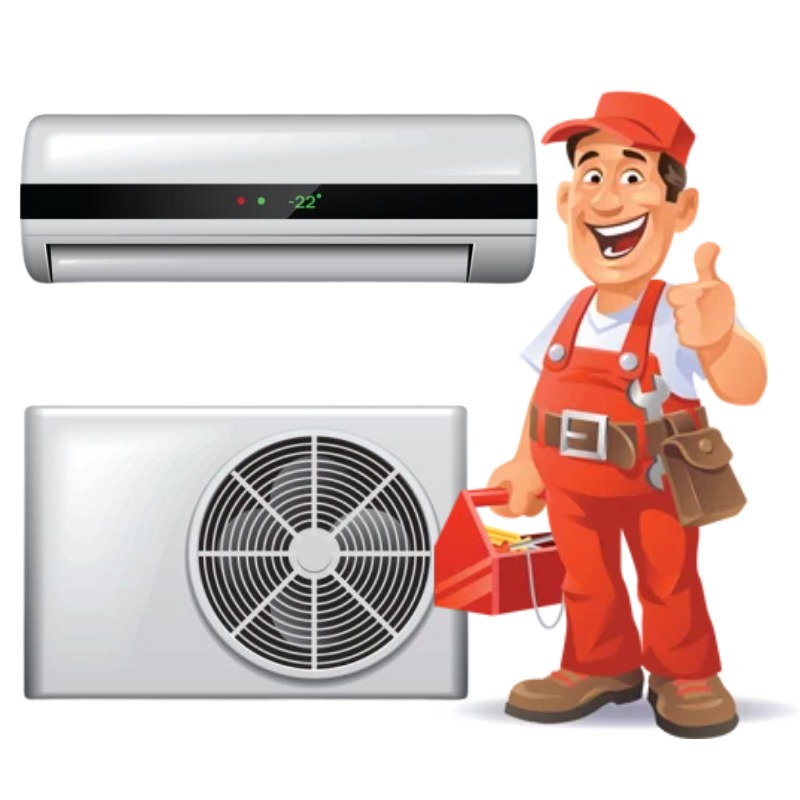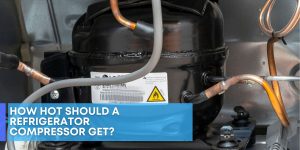There are a few types of AC units that can be found in homes and businesses. The most common type is the central AC unit, which uses three or four compressors to circulate air. These systems can be either window-mounted or floor-mounted.
Another type of AC unit is the portable AC unit, which is designed for use outdoors. These units have heavy duty casings and often have wheels so they can be easily moved from place to place.
The last type of AC unit is the mini-split AC unit. This system uses two or more compressors to split the airflow into separate zones, making it ideal for larger rooms.
How Does An AC Unit Work?
AC Repair In Blue Water
An air conditioner is a commonly used device to control the temperature in an environment. The purpose of an air conditioner is to cool the air that is coming into the room. A typical AC unit works by using a compressor to increase the air pressure and then releasing it into the room. This high-pressure air causes the cooler indoor air to rise and be replaced by warmer outdoor air.
When Should You Get an AC Repair?
When it comes to air conditioning, it’s important to be proactive about keeping your system running like new.
Here are some guidelines to follow when it comes time for an AC repair:
Check the filter regularly. A dirty filter can lead to decreased airflow and reduced cooling efficiency.
Inspect all ducts and vents for blockages or damage. If you notice any problems, have them fixed right away!
Regularly check the insulation on the outside of your air conditioning unit. Over time, this insulation can become worn and lose its ability to keep cool air inside. Replacing it as needed will help maintain optimal cooling conditions in your home.
Your air conditioning unit is not cooling your home as efficiently as it once did, or you are experiencing unexpected issues with your AC unit, then it may be time for an AC repair.
Here are five things to expect during your AC repair:
- A technician will first check to see if there is a problem with the unit itself. This may involve checking the compressor, condenser and other parts of the system.
- If there is no problem with the unit itself, the technician will then look at options for fixing the issue. This may include repairing or replacing the insulation, upgrading the fan or motor, or installing new filters.
- If repairs are necessary, an estimated timeframe for completion will be provided. In some cases, such as upgrades or additional repairs beyond what is initially considered, additional fees may apply.
- Once the work is completed, a member of our team will come out to inspect and make sure everything is working properly. If not, we’ll try to get you back up and running as quickly as possible!
- Please note that any extra work that must be done after installation (such as cleaning) will be billed at a rate consistent with other services performed in your home.





















